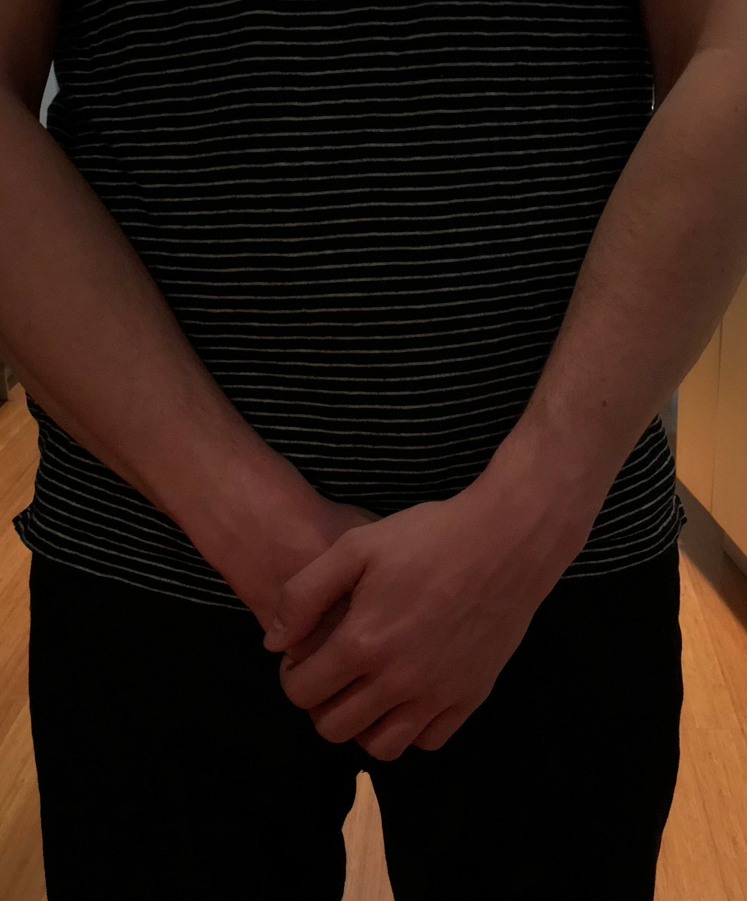It’s a fact that as men age, the prostate enlarges, and that causes frequent, sometimes painful urination. But you don’t have to reach for a pill or submit to surgery. Small behavior changes can help you cope with — and maybe minimize — the amount of peeing.
I scoured the web to find easy tips for men who find themselves in the bathroom too often. I can’t vouch for the effectiveness of any of these tips as I don’t have a prostate (being female and all that). But they seem logical, noninvasive and a good place to start.
Warning: Check with your doctor to make sure that your frequent urination is caused by an enlarged prostate, also known as BPH (benign prostatic hyperplasia). Sometimes this can be a symptom of a more serious condition.
Near Universal Recommendations
The Mayo Clinic offers this list, which is common to many great resources:
- Limit beverages (especially caffeine and alcohol) for at least an hour before bed.
- Don’t wait — go when you need to. The discomfort will only get worse.
- Exercise and lose weight if you need to. Obesity is tied to BPH. Exercise keeps all of your muscles fit and your organs working better.
- Urinate, and then urinate again a few moments later. The Mayo Clinic recommends this practice, which is known as double voiding.
Avoid Certain OTC Meds
Avoid over-the-counter cold or allergy drugs and sleep aids that contain antihistamines or decongestants as these may worsen symptoms, according to Berkeley Wellness. Review your medications with your doctor or pharmacist.
Schedule Bathroom Visits
Urinating at regular times — such as every 4 to 6 hours during the day — may help to “retrain” the bladder. This can be especially useful if you have severe frequency and urgency.
If you cannot empty your bladder, try sitting when you urinate rather than standing. Running the water in the sink may help.
Keep Warm
Colder temperatures can cause urine retention and increase the urgency to urinate.
Strengthen Pelvic Muscles
Kegel exercises can help you strengthen the muscles of the pelvic floor that support your bladder and urethra, thereby helping to prevent or reduce the symptoms of incontinence. The Mayo Clinic has a how-to guide to Kegel exercises for men.
This post was excerpted and republished from Medshadow.org
Here’s more from Just Care:










